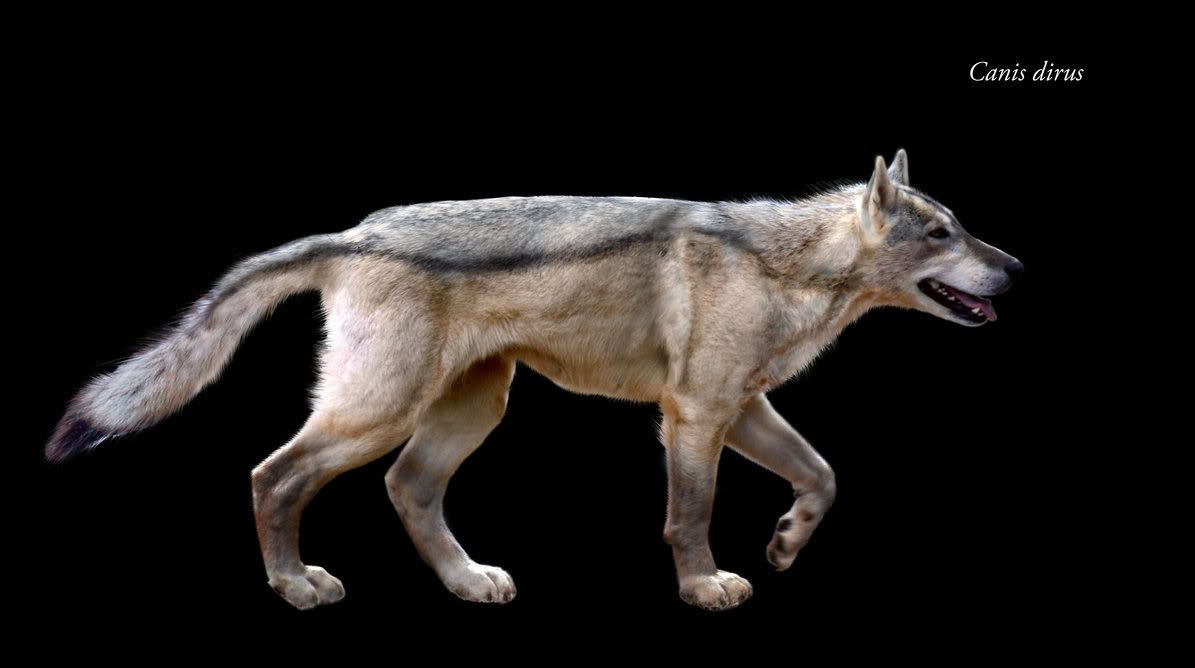Post by dinosauria101 on Apr 4, 2019 6:17:20 GMT 5
Smilodon fatalis
Smilodon fatalis ("the deadly knife-tooth") is possibly the best-known of the machairodontine saber-toothed cats. It appeared in North America about 1.6 million years ago and later migrated down the west coast of the continent to Peru. It became extinct around 10,000 years ago. This species is estimated to have ranged from 160 to 280 kg (350 to 620 lb). Particularly large specimens could weigh 350 kg. Their teeth are about 7 in. Although the saber-toothed cat has no close living relatives, paleontologists reconstruct how the saber-toothed cat looked by comparing its bones with those of large cats living today. Very powerful front legs and a short tail indicate that saber-toothed cats used stealth and ambush rather than speed to capture their prey. Recent investigations suggest that this saber-toothed cat probably used its long canines to slash through the throat, severing the wind pipe and cutting the jugular. Its teeth were surprisingly delicate and could easily snap off if a prey animal struggled. Its mouth could open up to 120 degrees, whereas its closest living relative, Panthera leo, or lion, can only open its jaws to 65 degrees.

Dire Wolf (pack of 6) - Canis dirus
The Dire wolf (Canis dirus) is an extinct carnivorous mammal of the genus Canis, and was most common in North America and South America from the Irvingtonian stage to the Rancholabrean stage of the Pleistocene epoch living 1.80 Ma – 10,000 years ago, existing for approximately 1.79 million years. lthough it was closely related to the Gray Wolf and other sister species, Canis dirus was not the direct ancestor of any species known today. Unlike the Gray Wolf, which is of Eurasian origin, the Dire Wolf evolved on the North American continent, along with the Coyote. The Dire Wolf co-existed with the Gray Wolf in North America for about 100,000 years. The Dire Wolf was larger than the Gray Wolf, averaging about 1.5 metres (5 ft) in length and weighing between 50 kg (110 lb) and 79 kg (174 lb). Despite superficial similarities to the Gray Wolf, there were significant differences between the two species. The legs of the Dire Wolf were proportionally shorter and sturdier than those of the Gray Wolf, and its brain case was smaller than that of a similarly sized gray wolf. The Dire Wolf's teeth were similar to the Gray Wolf's, only slightly larger, pointing to a hypercarnivorous to mesocarnivorous activity. Paleontologist R.M. Nowak states the dietary characteristics are primarily carnivorous as well as partially omnivorous.

Credit to Wikipedia
Smilodon fatalis ("the deadly knife-tooth") is possibly the best-known of the machairodontine saber-toothed cats. It appeared in North America about 1.6 million years ago and later migrated down the west coast of the continent to Peru. It became extinct around 10,000 years ago. This species is estimated to have ranged from 160 to 280 kg (350 to 620 lb). Particularly large specimens could weigh 350 kg. Their teeth are about 7 in. Although the saber-toothed cat has no close living relatives, paleontologists reconstruct how the saber-toothed cat looked by comparing its bones with those of large cats living today. Very powerful front legs and a short tail indicate that saber-toothed cats used stealth and ambush rather than speed to capture their prey. Recent investigations suggest that this saber-toothed cat probably used its long canines to slash through the throat, severing the wind pipe and cutting the jugular. Its teeth were surprisingly delicate and could easily snap off if a prey animal struggled. Its mouth could open up to 120 degrees, whereas its closest living relative, Panthera leo, or lion, can only open its jaws to 65 degrees.

Dire Wolf (pack of 6) - Canis dirus
The Dire wolf (Canis dirus) is an extinct carnivorous mammal of the genus Canis, and was most common in North America and South America from the Irvingtonian stage to the Rancholabrean stage of the Pleistocene epoch living 1.80 Ma – 10,000 years ago, existing for approximately 1.79 million years. lthough it was closely related to the Gray Wolf and other sister species, Canis dirus was not the direct ancestor of any species known today. Unlike the Gray Wolf, which is of Eurasian origin, the Dire Wolf evolved on the North American continent, along with the Coyote. The Dire Wolf co-existed with the Gray Wolf in North America for about 100,000 years. The Dire Wolf was larger than the Gray Wolf, averaging about 1.5 metres (5 ft) in length and weighing between 50 kg (110 lb) and 79 kg (174 lb). Despite superficial similarities to the Gray Wolf, there were significant differences between the two species. The legs of the Dire Wolf were proportionally shorter and sturdier than those of the Gray Wolf, and its brain case was smaller than that of a similarly sized gray wolf. The Dire Wolf's teeth were similar to the Gray Wolf's, only slightly larger, pointing to a hypercarnivorous to mesocarnivorous activity. Paleontologist R.M. Nowak states the dietary characteristics are primarily carnivorous as well as partially omnivorous.

Credit to Wikipedia


